Research vessel Falkor is set to take off from Hobart, as one of the TTIDE cruises. The science teams have been busily prepping instruments, eager to get underway. A two-day delay in port has given the team a good amount of time to prepare for the big seas and big science ahead!
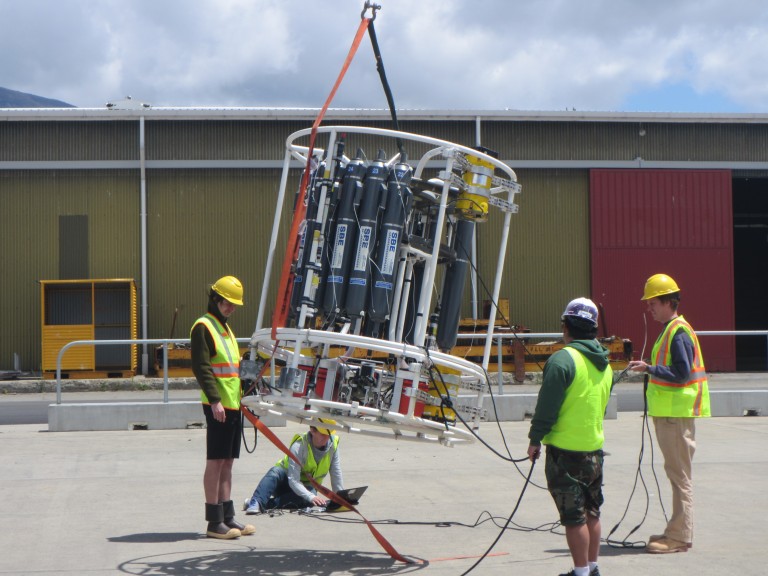
TTIDE Sampling
Our main sampling method on Falkor will use the shipboard CTD and ADCPs. A CTD collects water samples to measure conductivity, temperature, and depth. The ADCP stands for acoustic doppler current profiler and measures water current velocities over a depth range. On the CTD, we have attached two additional ADCPs that will measure current velocity as we profile to the bottom of the ocean. Our CTD has also been equipped with chi-pods, instruments developed at Oregon State University that give profiles of turbulence from the surface to the bottom of the ocean.
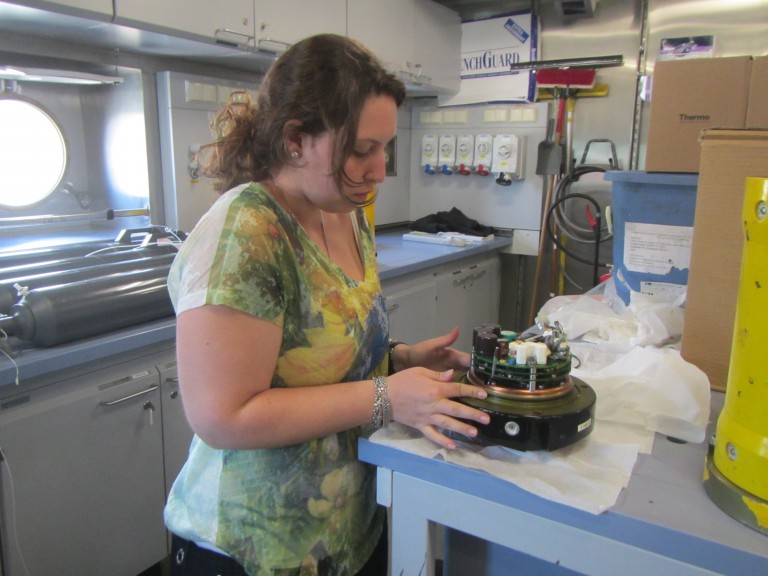
Pete Strutton and Danielle Mitchell have been busy setting up the wet lab in anticipation of samples that will be used to measure biological productivity within an internal wave beam. In addition to helping us with equipment preparations, Dmitry Brazhnikov has set up numerical models on the new supercomputer Nebula that has just been installed on Falkor.
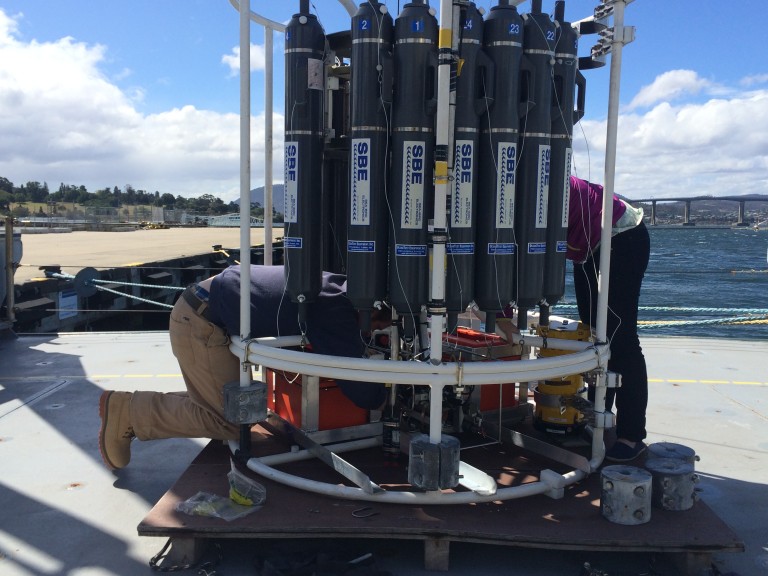
Looking at Internal Tides
Our group is tasked with determining what an internal tide beam looks like offshore of Tasmania, focusing on the “before” of this internal wave’s lifecycle. We will need to get profiles of velocity, density, turbulence, and nutrients throughout the whole water column in order to understand this internal wave. From there, we can figure out how wide the internal tide beam is, how much it varies, how strong it is before it reaches the Tasman slope, and how much productivity changes inside this internal wave beam.
Two Ships One Focus
The other TTIDE group, currently on the research vessel Revelle, have been furiously deploying moorings on the continental slope, and we hope to meet up with them in a few days to conduct synchronized sampling before heading to deeper water. Although the weather has been rough and the winds high, they have already started doing important sampling with their CTD. Our team has been coordinating science plans with them while we wait in Hobart, and can’t wait to see them out there!
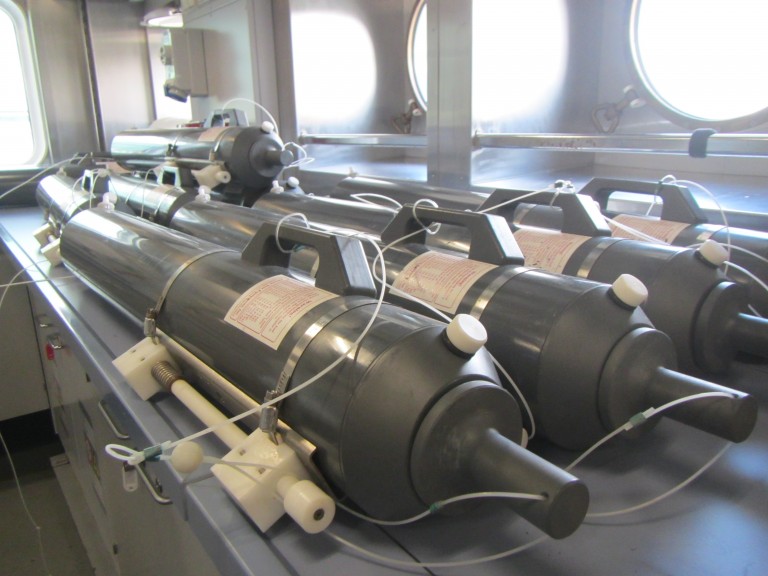
Our team on Falkor consists of a great group of scientists from the United States, Canada, Australia, Germany and Russia, and everyone has already started working hard. Hayley Dosser and Dmitry Brazhnikov connected with two middle school groups from Los Alamos, New Mexico and San Diego, giving them a tour of the ship and explaining how we plan to do our science. Pete Strutton, Captain Heiko and I also had the pleasure of meeting with Her Excellency Professor the Honourable Kate Warner, AM, Governor of Tasmania a few days ago.
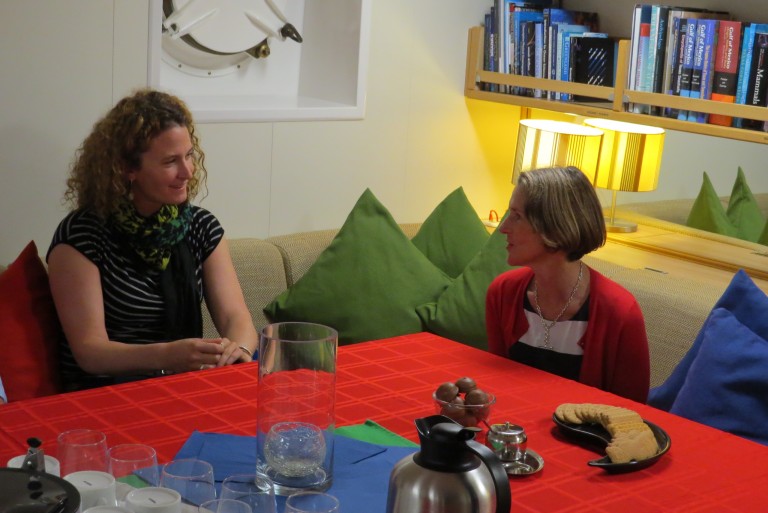
With recent science articles reporting that 2014 was the warmest year on record, it has reminded us of the importance of our work, bringing our science into perspective. With everyone’s expertise and knowledge, I know we will have a great cruise filled with amazing science and discovery!
